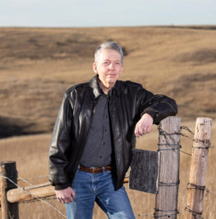Tom Steckel hunched over a laptop in the overheated basement of the state Capitol building in Pierre, South Dakota, early last week, trying to figure out how a newly awarded benefit claims contract will make it easier for him do his job.
Steckel is South Dakota’s director of employee benefits. His department administers programs that help the state’s 13,500 public employees pay for health care and prepare for retirement.
If You’re Over 50, Chances Are the Decision to Leave a Job Won’t be Yours

It’s steady work and, for that, Steckel, 62, is grateful. After turning 50, he was laid off three times before landing his current position in 2014, weathering unemployment stints of up to eight months.
“Even older workers who have held jobs with the same employer for decades may be laid off without warning” or otherwise cut.
When he started, his $90,000-a-year salary was only 60 percent of what he made at his highest-paying job. Even with a subsequent raise, he’s nowhere close to matching his peak earnings.
Read More
“Even older workers who have held jobs with the same employer for decades may be laid off without warning” or otherwise cut.
When he started, his $90,000-a-year salary was only 60 percent of what he made at his highest-paying job. Even with a subsequent raise, he’s nowhere close to matching his peak earnings.
Read More
Advertisers | Contact Us | Events | Links | Media Kit | Our Company | Payments Pier
Press Room | Print Cover Stories Archives | Electronic Issues and Talk Radio Archives | Writer's Guidelines






